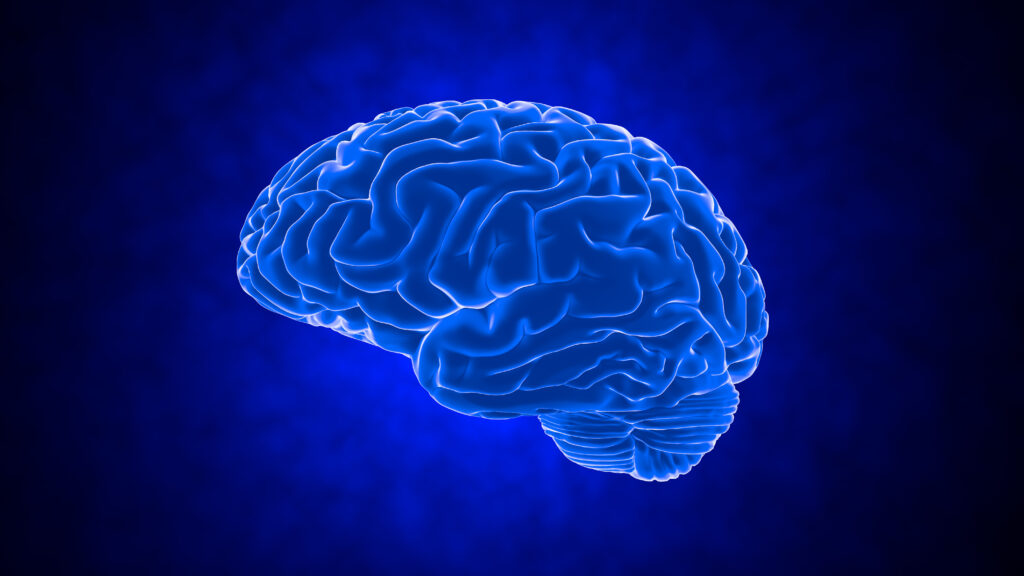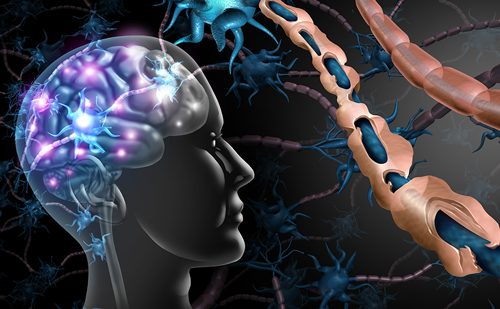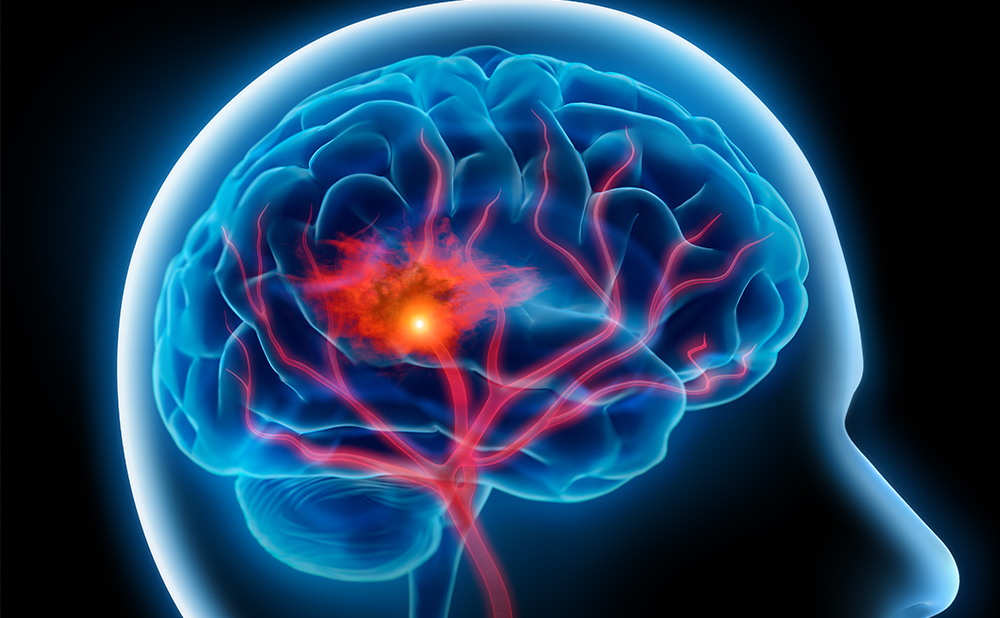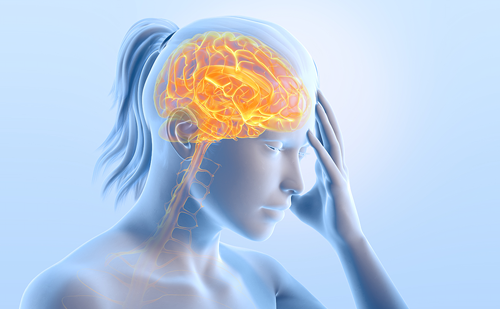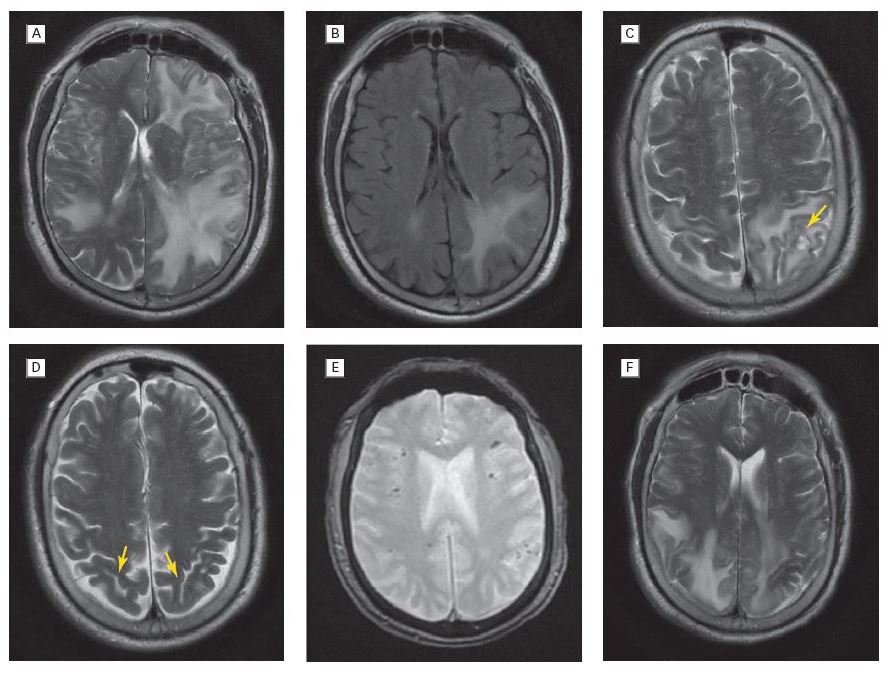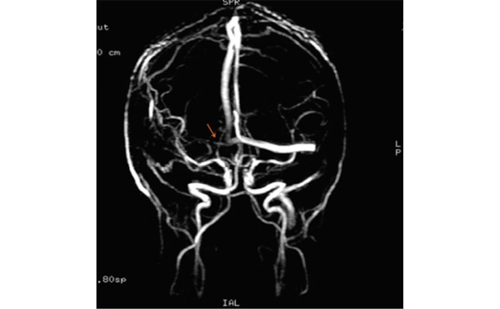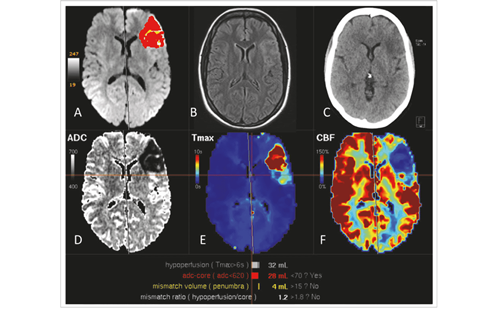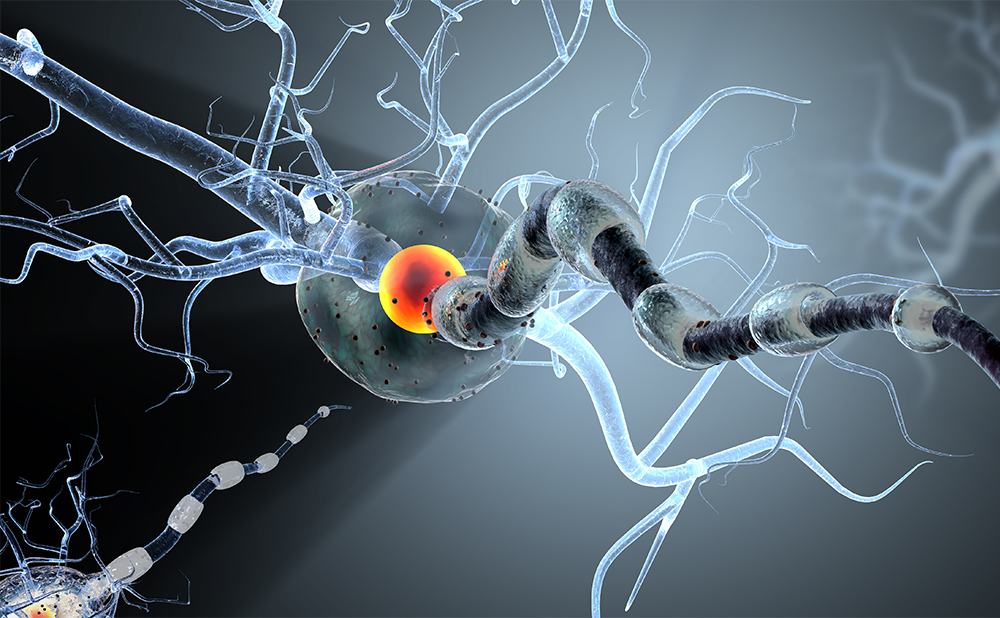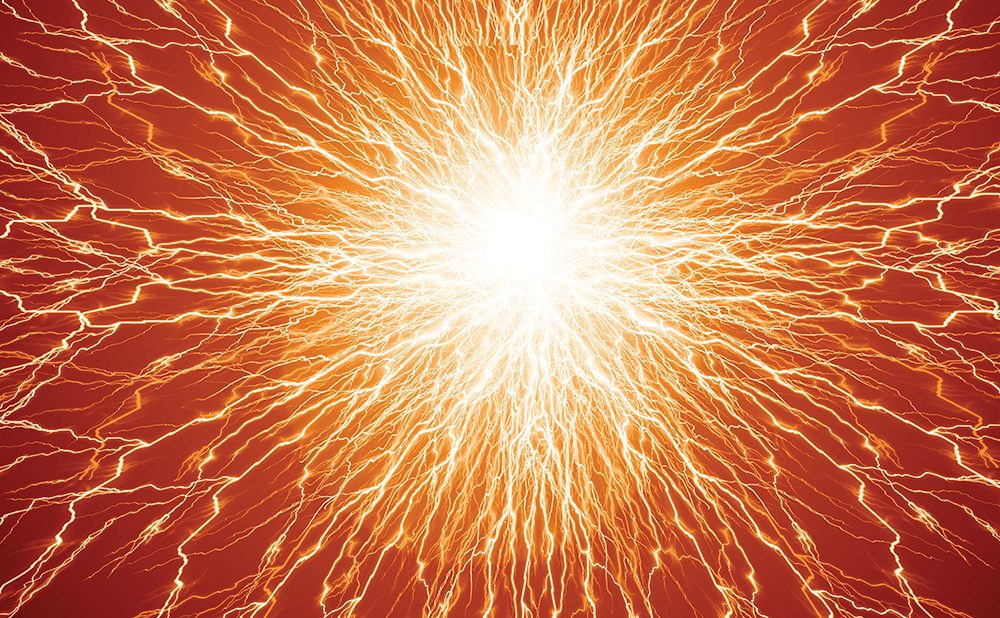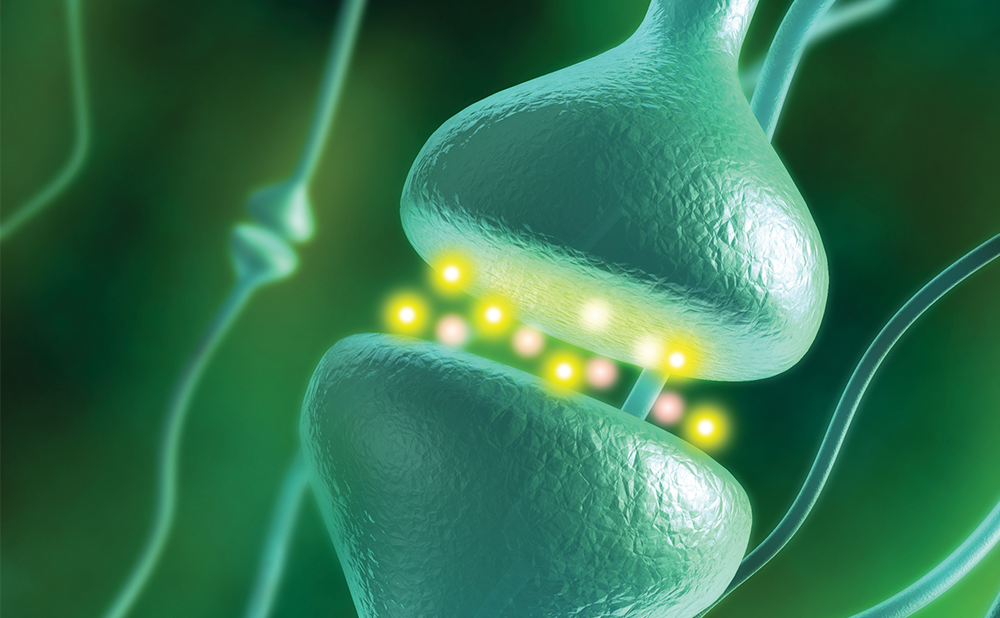Welcome to the latest edition of European Neurological Review, which features a wide range of topical articles covering several areas of neurology. We would like to begin by introducing our new Editor-in-Chief, Cris Constantinescu, whose knowledge and expertise will be of great benefit to this journal. We wish him every success in his new role.
This edition features two special reports on the subject of spastic paresis, a complex condition that may arise from stroke, spinal cord injury, multiple sclerosis, cerebral palsy, traumatic brain injury and hereditary spastic paraplegia. Fheodoroff et al propose a multidisciplinary approach to the clinical care and management of patients with spastic paresis, while Bowers et al. consider the disease perspectives from patients in different geographical regions, highlighting the lack of consistency of care for these patients.
On the subject of multiple sclerosis, Giovannoni reviews the efficacy of monoclonal antibody (mAb) therapy, highlighting the fact that mAbs have distinct and varied characteristics and mechanisms of action, so should not be considered a single class of treatments. In another review, Kulisevsky considers the challenge of motor fluctuations in patients taking dopaminergic replacement therapies for Parkinson’s disease (PD). Safinamide has a unique mechanism of action, targeting both dopaminergic and glutaminergic systems, and thus represents a valuable treatment option in PD patients with motor fluctuations.
Effective migraine treatments continue to be an active research aim in neurology. In a short review, Puledda and Goadsby describe the use of noninvasive neuromodulation techniques, including transcranial magnetic stimulation, vagus nerve stimulation and supraorbital nerve stimulation. Finally, Kumar et al. discuss the clinical challenge of neurogenic bowel disorder and review the latest advantages in the assessment and management of this burdensome condition.
European Neurological Review would like to thank all expert authors who contributed towards this edition. A special thanks goes to our Editorial Board for their continuing support and guidance. We hope that you enjoy this issue and find plenty of interest among these timely and insightful articles.


